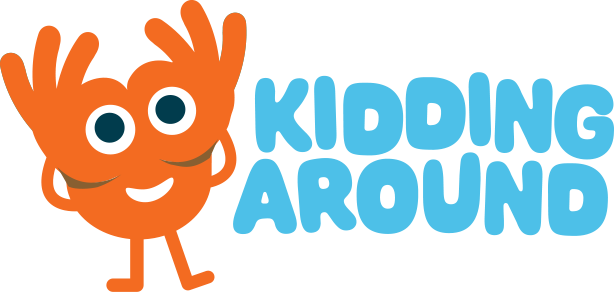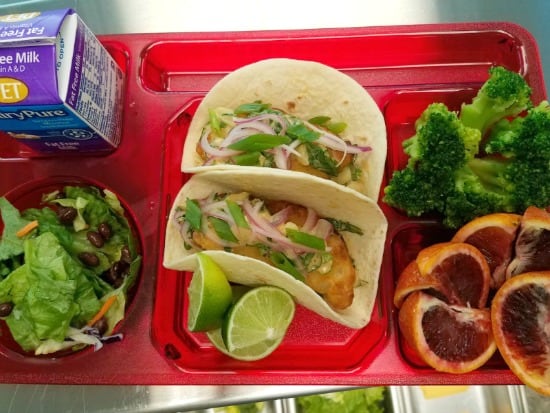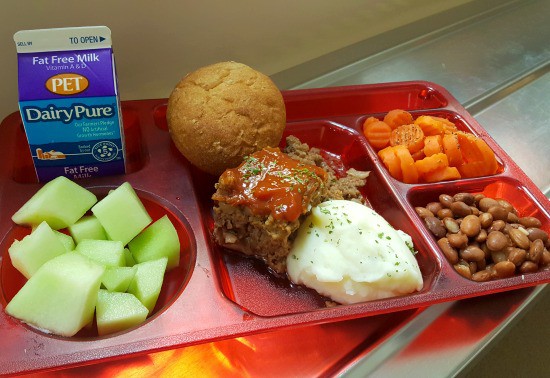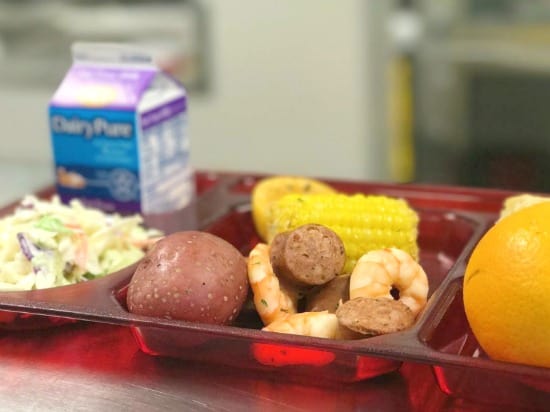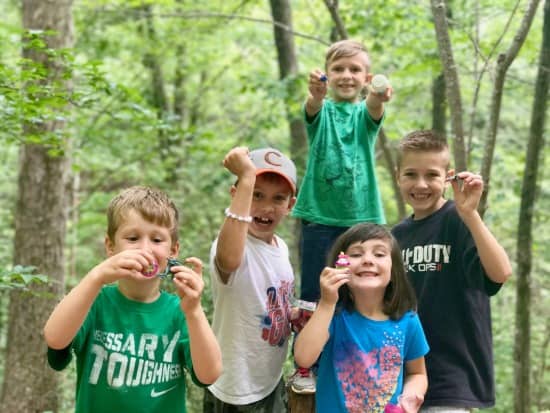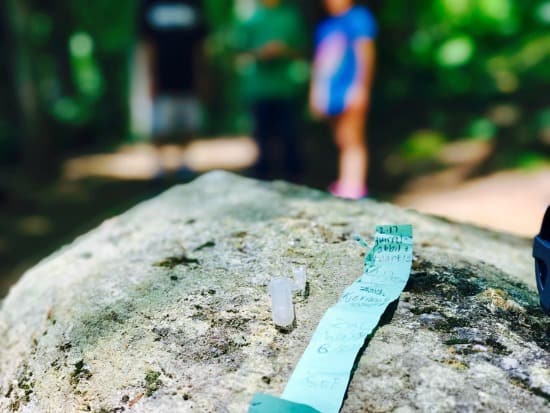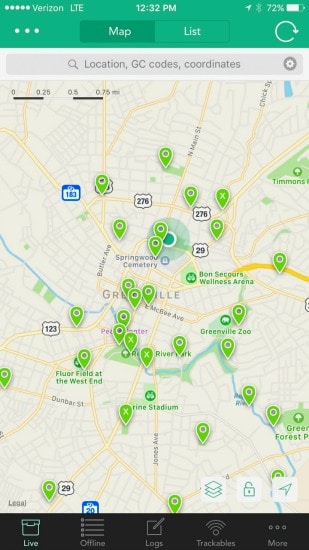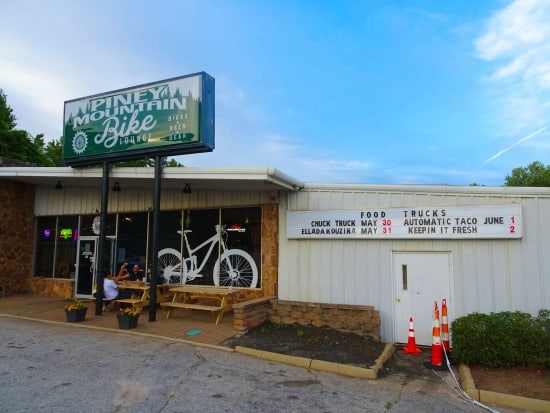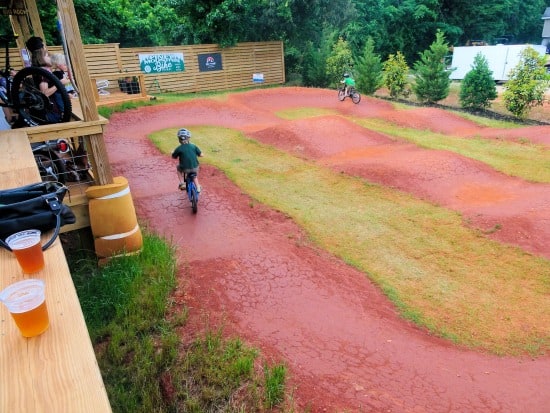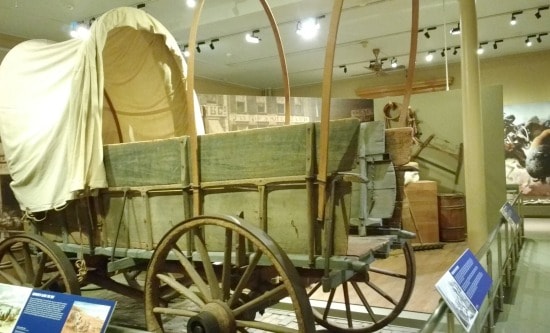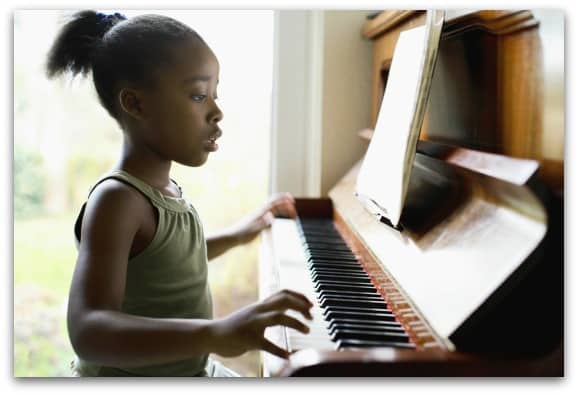Local mom Maria Bassett shares her experience taking her children on a trip with Traveling Homeschoolers. This special group offers travel packages specifically tailored to homeschool families that combine adventure with education!
Nearly every year Traveling Homeschoolers, a group based in Rock Hill, SC, offers a homeschool retreat in addition to the many domestic and international trips they offer each year. My family has joined them for several different trips and retreats, and we always enjoy these retreats. It’s lovely not to have to plan out all the details, and instead leave them in the capable hands of Traveling Homeschoolers. My family just returned from this year’s retreat in the Rocky Mountains of Colorado.
Our Accommodations
We stayed at the YMCA of the Rockies, in Estes Park, CO. This resort style facility boasts many lodges with hotel-style rooms, dining cafeteria style, and just about every activity you can imagine. Picture traditional summer camp, but for families, set in a valley surrounded by magnificent mountains. Then, add in guided hikes, animal, plant and survival skills classes and you’ll begin to get the idea. Our family enjoyed archery, basketball, chess outdoors with giant chess pieces, playground time, swimming, roller-skating, many rounds of miniature golf and hiking all on the YMCA property. How wonderful it is to wake up with your family, not have to worry for even a fraction of a second about meals or responsibilities, and just play all day!
But we didn’t just play, we learned a lot, too! We enjoyed participating in a bear talk, a beaver hike, knot-tying class, family astronomy class, ecology walk and a bird banding hike! We got to watch a professional bird bander catch birds, record data on the bird, and either band it or note where it was initially banded. Some of us even got to hold the birds! The staff running the activities were completely wonderful, friendly and happy. With the exception of archery, which has a $10 fee, all these activities were included in the price we paid to stay at YMCA of the Rockies.
Our favorite adventure at YMCA of the Rockies was horseback riding on a trail through the mountains. None of my family had ever ridden a horse before, and we had such an amazing time. We saw several mule deer, lots of elk and many birds from horseback, as our horses clomped down and up the rocky trail, over creeks, and through trails lined with Ponderosa Pines and Aspen trees. The livery is on YMCA property but is operated by a separate company. Let me tell you, our wranglers (guides) were simply amazing. I was nervous particularly that my 6 year-old would be too afraid to get on the horse, but the wrangler told him he had the best horse in the barn and showed him how to turn and stop the horse. My little guy hopped right into the saddle. The horses were very well trained to follow each other, and other than a few who wanted to stop and have a snack, they needed very little actual input from us. It was a highlight for all of us. This was not an included activity, and had its own fees. Our ride cost $45 for an hour trail ride. It was not inexpensive, but, for us, totally worth it for the experience.
Rocky Mountain National Park
YMCA of the Rockies sits right next to Rocky Mountain National Park. Cross Glacier Creek, and you’re in the national park. If you prefer to drive through the park, the entrance is just about a 10 minute drive. From there you can access many, many hiking trails or drive through the stunning scenery. Our family hiked both the Bear Lake Trail and the Albertta Falls Trail. We had been warned there was still snow on the trails, and advised to borrow hiking boots from the YMCA. They have Lowa boots in all sizes to borrow for hikes, free of charge to YMCA guests. We were super glad we had borrowed boots! The trail was perfectly clear in some sections, but utterly covered in 6 to 7 foot iced over drifts in others. Even with our boots, we relied on the help of fellow hikers, as well as walking sticks and poles to get down some of the drifts. What an adventure! And what a view. Bear Lake was simply stunning.
Traveling Homeschoolers
When you want to travel with Traveling Homeschoolers, you select the trip you are interested in online. You’ll see general information about the trip, costs, and activities, and then you can register right there on the website. Shortly thereafter you’ll be contacted via e-mail by Dianna, who organizes all the trips, and she’ll tell you the payment schedule for that trip and anything else you need to know along the way. She does all the research, finds the least crowded times, with the best deals, handles all the dealing with the venues and anything included in your trip. You just get to show up!
Some of Traveling Homeschoolers’ trips are more organized with a schedule of group events, and some, like the retreat, are more relaxed with fewer organized events. Our family really liked being able to pick and choose what we did, but still found ourselves meeting up with other families in our group at meals, camp fires, and for board games in the evening. It was a perfectly lovely mix. If you’re looking for shorter trips, closer to home, check out Carolina Homeschooler. It’s run by the same person and is also an Option 3 association.
This Rocky Mountain adventure was the anchor for our road trip across the country. Its not something my family will soon, or probably ever, forget. We can’t wait for our next adventure (well, I can, at least until the mountain of resulting laundry gets done.)
Note: Nothing was provided to us to review this Traveling Homeschooler trip. These are my family’s unbiased opinions.
Where would your family love to venture for a Homeschool field trip?
 Maria Bassett is a former school orchestra teacher, turned home-school mom. She and her husband homeschool their 3 sons and 1 daughter, currently pre-school through 2nd grade age. Believing children learn best when they are engaged and having fun, this family loves to take their homeschool on the road, around Greenville and beyond.
Maria Bassett is a former school orchestra teacher, turned home-school mom. She and her husband homeschool their 3 sons and 1 daughter, currently pre-school through 2nd grade age. Believing children learn best when they are engaged and having fun, this family loves to take their homeschool on the road, around Greenville and beyond.